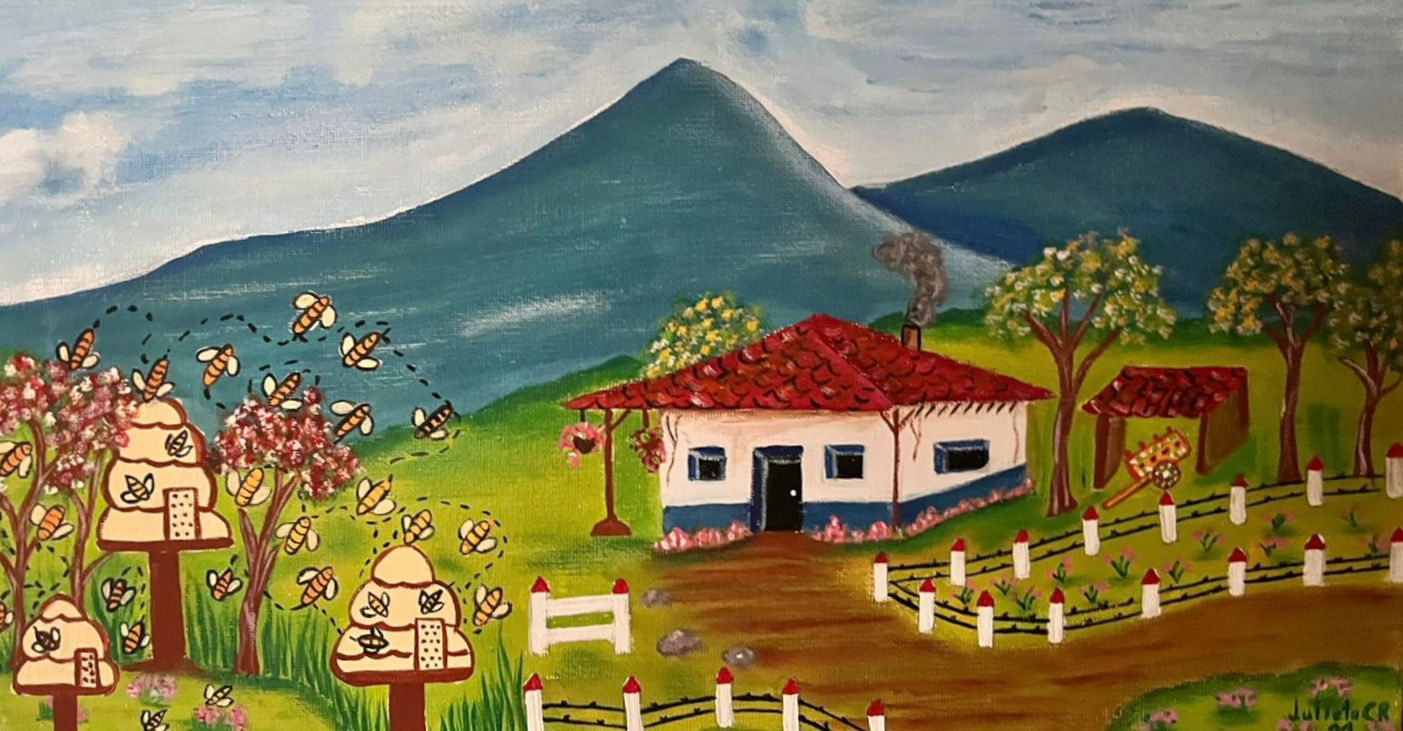top of page

Pale Beardtongue
Penstemon pallidus

General Information
Plant Information
Plant Type:
Sun Preference:
Soil Moisture Preference:
Plant Height:
Plant Width:
Plant Spacing:
Flower Color:
Flower timing:
Culture Information:
Tolerates:
Pests & Disease:
Wildlife Use:
Native to:
bottom of page